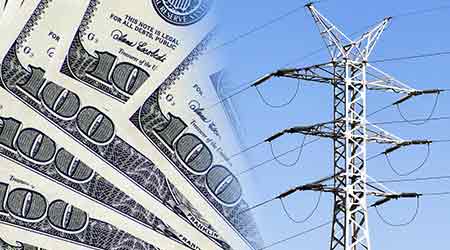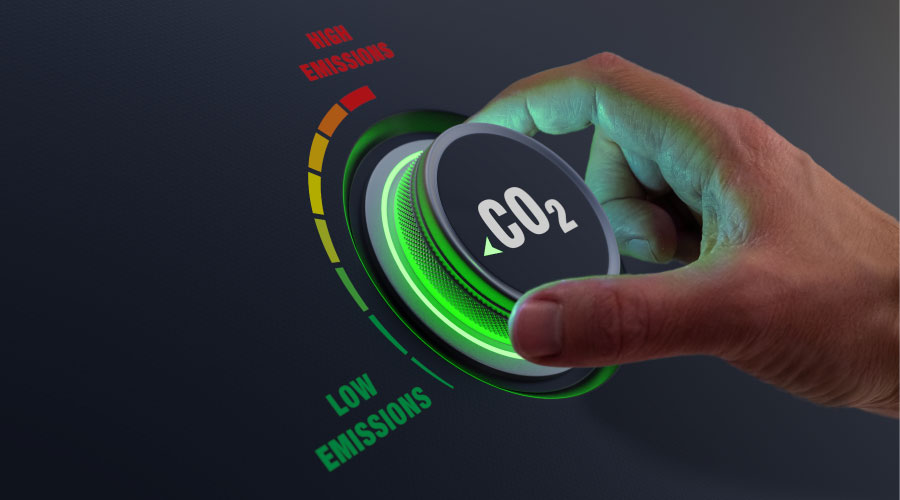Contracting a Demand Response Provider To Help
Many facilities can cut 5 percent or more from their demand with no capital investment. But an audit of loads is required, and a demand response provider can help.
Many facility managers are gun-shy about dropping any load that might trigger occupant complaints. But they may be surprised to learn just how much of their equipment is running full blast when it could instead be temporarily shut off, cycled, or shifted to another time. A good audit of loads typically running during grid peak hours (e.g., between 2 and 5 PM) may reveal such options. Many find ways to cut 5 percent (or more) off their demand with little or no capital investment. Some industrial facilities find ways to shift tasks by just a few hours, yielding double-digit percent savings.
To ensure a complete job is done, work with a demand response provider (DRP), also called a curtailment service provider. Under a term contract of at least a year, a DRP will audit loads, review daily load profiles, and set up a program that automates acceptable demand reductions. In exchange, the DRP will take a percentage of the customer’s DR incentives and, if covered in the contract, savings from monthly peak demand reductions that may also be achieved.
In the United States, many energy service firms offer DRP services, but some limit their activities to one or a few grids. A handful, however, serve most of the country. In states that have deregulated their retail power supply, several retail power providers have their own in-house DRP services. Because this arena is rapidly growing and changing, it pays to seek competitive bids before signing a contract. While many DRPs ask for 30 percent to 50 percent of DR benefits, large firms and some cities have significantly whittled that number down via the RFP process.
DRPs are licensed by grid operators, utilities, or public utility commissions. Many of those listed at the New York ISO’s web site also serve in other states. Download a PDF list.
Facility managers not willing to share DR financial benefits with a DRP may, in most states, handle the paperwork on their own, except in the PJM Interconnection ISO, which requires customers to use a licensed DRP. Several utilities elsewhere in the United States have the same restriction.
Worth the effort?
Whether DR is worth the effort depends on the value of the benefits and the costs to implement and maintain DR capability. Doing so may involve little beyond some programming of an existing building or energy management system, or it could require expensive upgrading of an on-site generator. A DRP may be very helpful in making that determination and finding ways to minimize work and costs. Once any equipment is installed, many facility managers have found that the DRP’s service may save even more by limiting monthly peak demand charges and annual ratchet charges, where they exist.
If a facility plans to install a new on-site backup generator, spending the extra to ensure its NOx emissions meet DR rules may be a small incremental investment toward allowing it to earn its keep if the utility calls for a DR reduction.
Lindsay Audin, CEM, LEED AP, CEP, is president of EnergyWiz, an energy consulting firm based in Croton, N.Y. He is a contributing editor for Building Operating Management.
Email comments to edward.sullivan@tradepress.com.
Related Topics:














